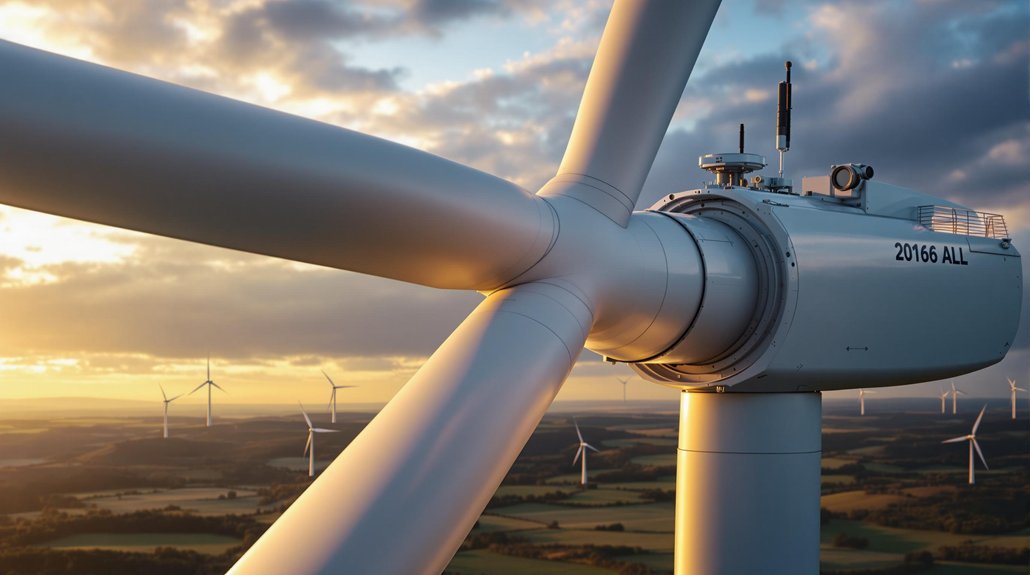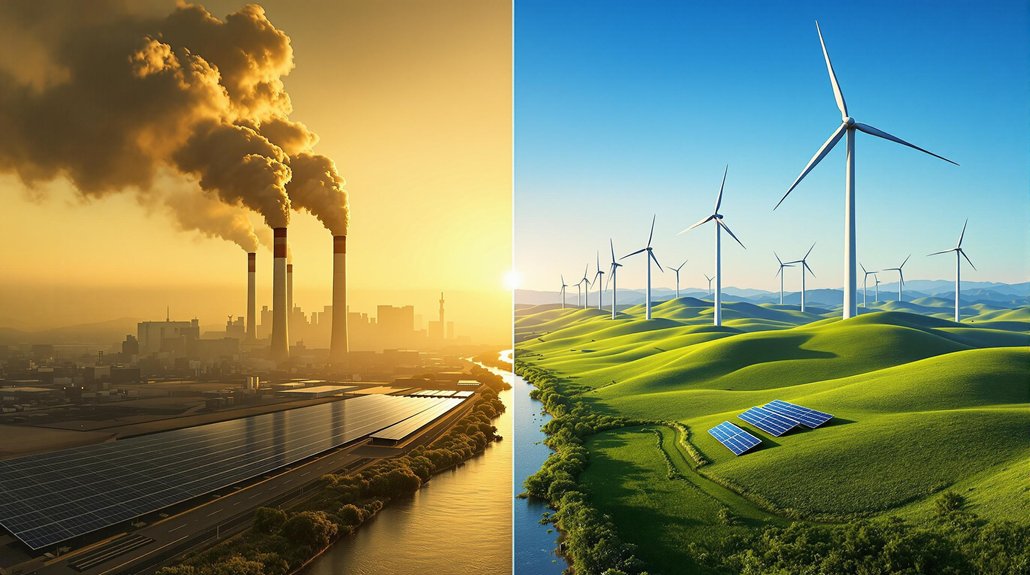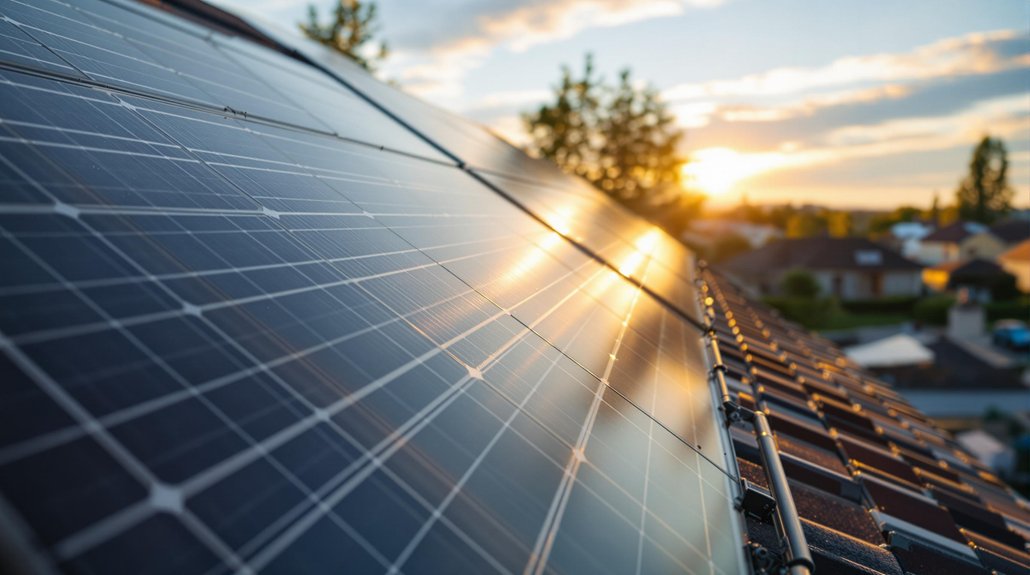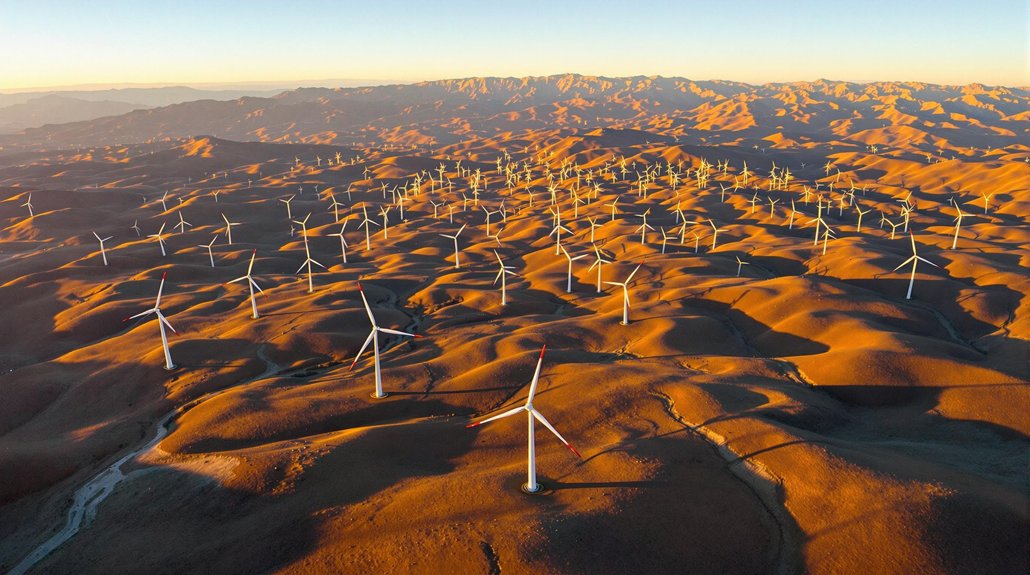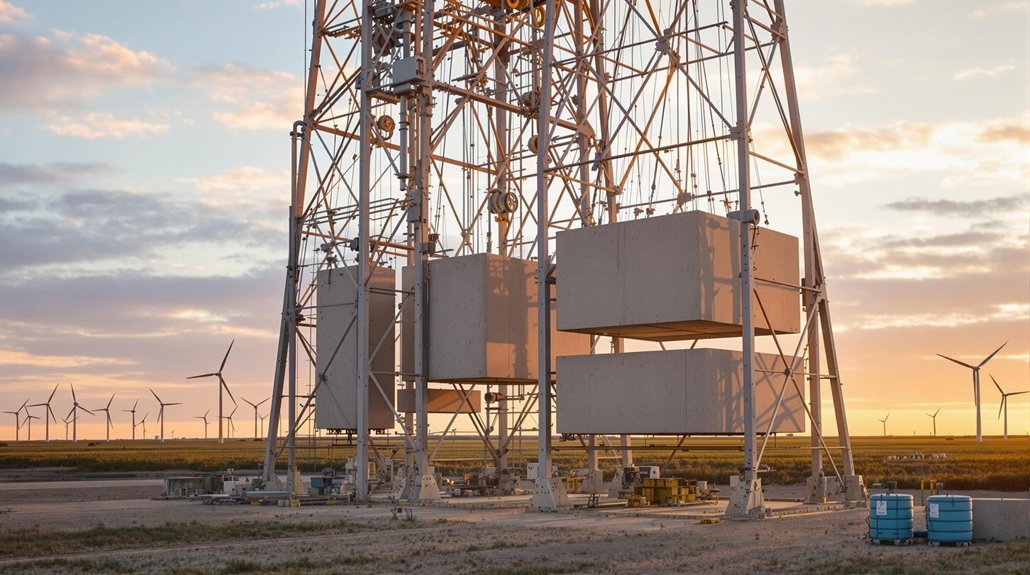Renewable resources like solar and wind aren’t truly unlimited in practice. While their sources won’t run out, practical limitations exist. They’re intermittent, dependent on weather conditions, and require non-renewable materials for manufacturing. Land use concerns and habitat disruption also present challenges. Despite these constraints, renewables offer significant environmental benefits over fossil fuels. Modern technologies and government policies are helping overcome many of these limitations.
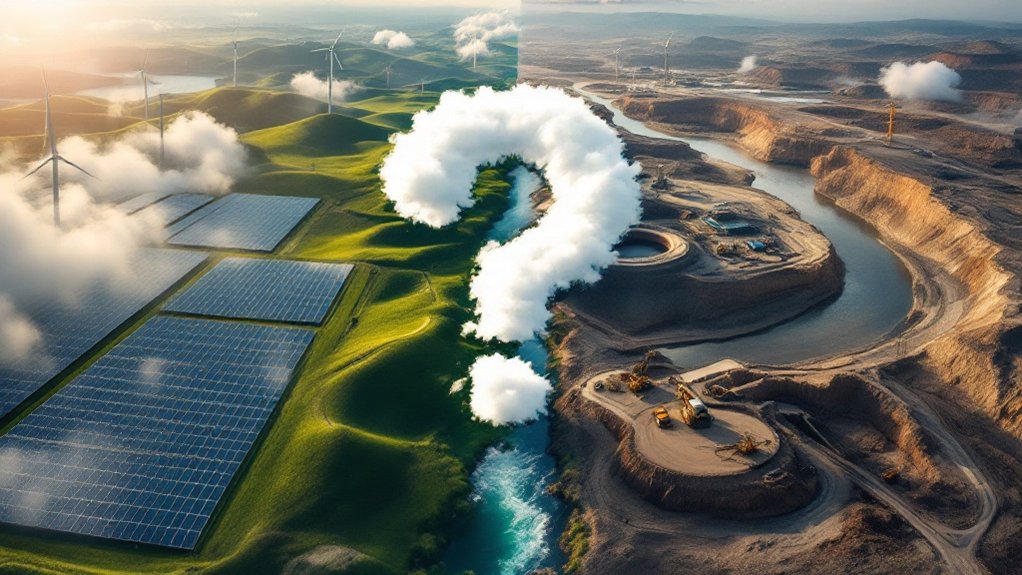
As the world faces growing concerns about climate change and energy security, renewable resources have emerged as a crucial part of the global energy landscape. These energy sources naturally replenish themselves within a human timescale and include solar, wind, hydro, geothermal, and biomass. Unlike fossil fuels such as coal and oil, which exist in finite amounts, renewables won’t run out.
Renewable energy sources offer significant environmental benefits. They produce little to no greenhouse gases during operation, help reduce air pollution, and use less water than fossil fuel plants. This lower environmental impact helps preserve natural habitats and ecosystems. Despite these advantages, renewable energy production can disrupt natural habitats and harm wildlife populations during construction and operation phases. As a result, many countries are setting ambitious targets for renewable energy adoption.
The environmental advantages of renewables extend beyond carbon reduction to include cleaner air, water conservation, and habitat protection.
The global shift toward renewables is happening at an impressive pace. In 2021, renewable sources provided 28.7% of global electricity, with wind and solar growing fastest. China currently leads in renewable energy production and investment, while many nations have established 100% renewable energy goals. An encouraging sign is that 90% of new electricity capacity added globally in 2021 came from renewable sources.
However, calling renewable resources “unlimited” requires some qualification. While the sources themselves (sunlight, wind, etc.) are fundamentally infinite, harvesting them faces practical limitations. Solar and wind power are intermittent, working only when the sun shines or wind blows. The technologies also require non-renewable materials to manufacture, and some installations can disrupt habitats or require large land areas. Achieving net zero emissions will require a combination of all renewable sources working together.
Economic factors present both opportunities and challenges. Renewables create jobs in manufacturing, installation, and maintenance while reducing dependence on imported fuels. The initial investment costs remain high, though they’re dropping as technology improves. Advances in larger wind turbines, more efficient solar panels, and better energy storage solutions are making renewables increasingly practical. Technological improvements have made renewable energy sources more cost effective and accessible to communities worldwide.
Government policies like tax credits, subsidies, and carbon pricing have helped make renewable energy more competitive. As technology continues to advance, renewable resources are becoming more accessible, efficient, and affordable—even if not truly “unlimited” in the strictest sense.
Frequently Asked Questions
Can Renewable Energy Completely Replace Fossil Fuels?
Research shows renewable energy can replace most fossil fuels.
Solar and wind are now cheaper than coal in many places. Scientists say the world has enough renewable potential to meet global energy needs.
However, some challenges remain. Storage technology for wind and solar is still developing, and certain industries like steel-making aren’t easily powered by renewables yet.
Progress continues as costs drop and technology improves.
How Do Renewable Resources Impact Local Ecosystems?
Renewable resources impact local ecosystems in various ways.
Solar farms displace native species while wind turbines can interfere with bird migration.
Hydroelectric dams alter river ecosystems and flood large areas.
Geothermal plants affect geological formations and groundwater.
Biomass production often leads to monoculture farming.
Each renewable energy source creates unique environmental challenges, from habitat disruption to water resource impacts, despite their clean energy benefits.
What Are the Economic Barriers to Renewable Resource Implementation?
Economic barriers to renewable energy include high upfront costs for installation and equipment.
Solar panels and wind turbines cost more initially than gas plants. Banks often hesitate to fund renewable projects, seeing them as risky.
The energy market favors established fossil fuel companies. Changing government policies and complex permits also slow progress.
Limited grid infrastructure and storage technology create additional expenses for developers.
Are Some Renewable Resources More Sustainable Than Others?
Some renewable resources are indeed more sustainable than others.
Hydroelectric power provides consistent energy but can harm river ecosystems.
Solar energy has minimal environmental impact during operation but requires large land areas.
Wind power produces no emissions but may affect wildlife.
Biomass can be carbon-neutral if managed properly, but might compete with food production.
Each resource’s sustainability depends on its implementation, location, and management practices.
How Do Weather Patterns Affect Renewable Energy Production?
Weather patterns greatly impact renewable energy production.
Heat waves reduce solar panel efficiency while smoke and clouds block sunlight. Wind turbines must shut down during extremely high winds, and cold can cause icing issues.
Droughts lower water levels needed for hydropower generation. Extreme weather like hurricanes and cyclones can damage infrastructure across all renewable systems.
Climate change is making these weather challenges more frequent and intense for energy producers.

